Industry of All Nations is actually committed to rethinking production methods for consumer goods. But now the design and development office has realised “The Landing House”, a wooden pavilion in Joshua Tree National Park. However, the core vision has remained the same.
From hand-knitted alpaca jumpers from Bolivia to flip-flops from Bali, – Industry of All Nations (IOAN) has been bringing the production of consumer and everyday goods back to the regions where the products and materials originally come from since April 2010. “By working with local communities around the world, we want to give the culture back to the products and the power back to the people and establish unique companies on the international market. We do this by searching around the globe for iconic goods with an unchanged identity and creating new designs through traditional and innovative industrial processes, while promoting environmental and social awareness, fair trade and open borders for all nations,” explains brand founder Fernando Gerscovich. “Our core vision revolves around the process of creating things in a truly sustainable way.”
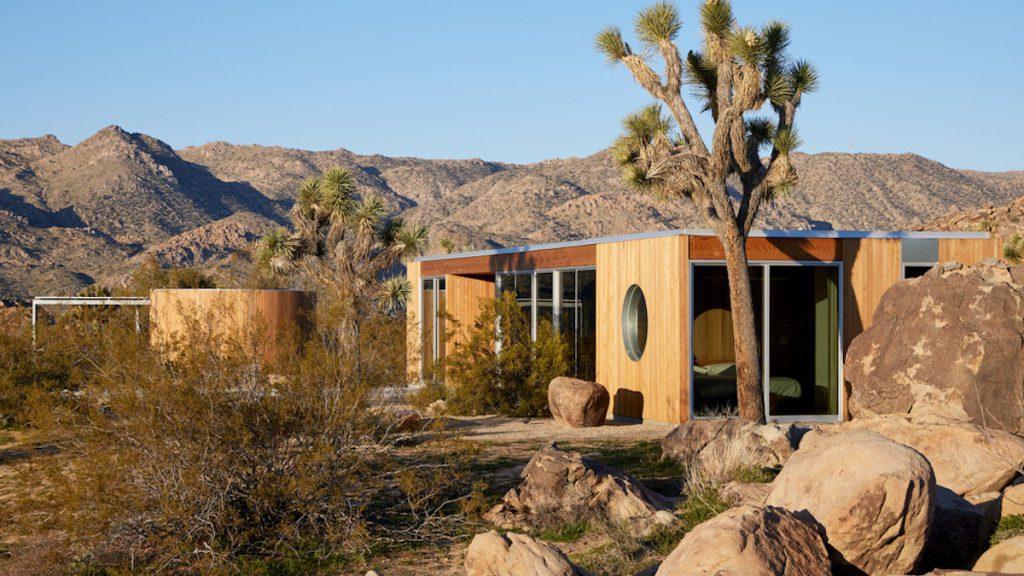
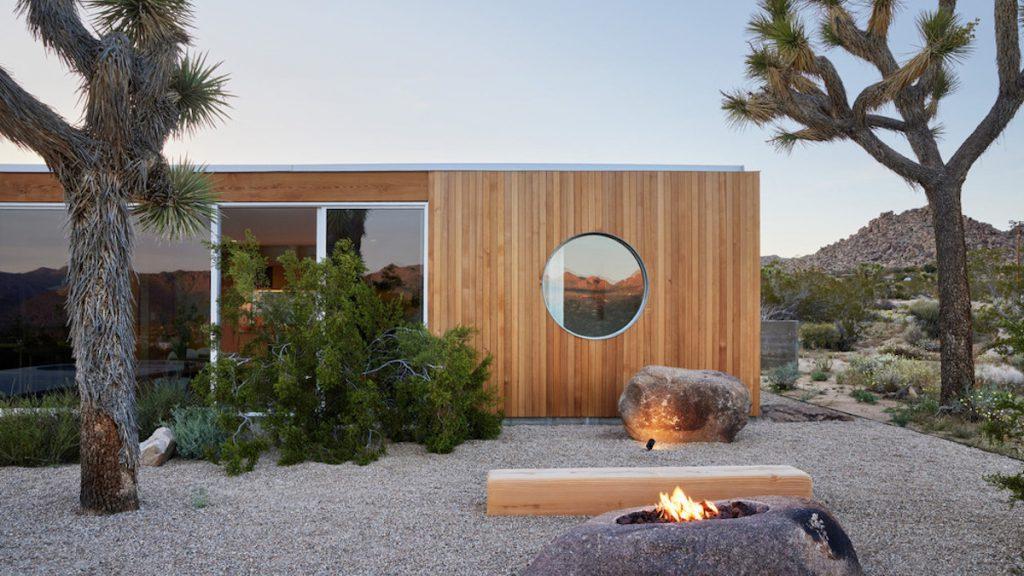
Time to expand our vision
Now the research, design and development office from Los Angeles, which has so far focused primarily on sustainable fashion and furniture, has expanded its version and realised a building: The Landing House. This is no coincidence. Because IOAN boss Fernando Gerscovich, who is originally from Buenos Aires, is also an Architekt. Together with his brothers Juan Diego and Patricio, he designed The Landing House as a comfortable but integrated refuge. The modern wooden pavilion is located in the sensitive natural landscape of the Mojave Desert in the centre of California’s Joshua Tree National Parks.
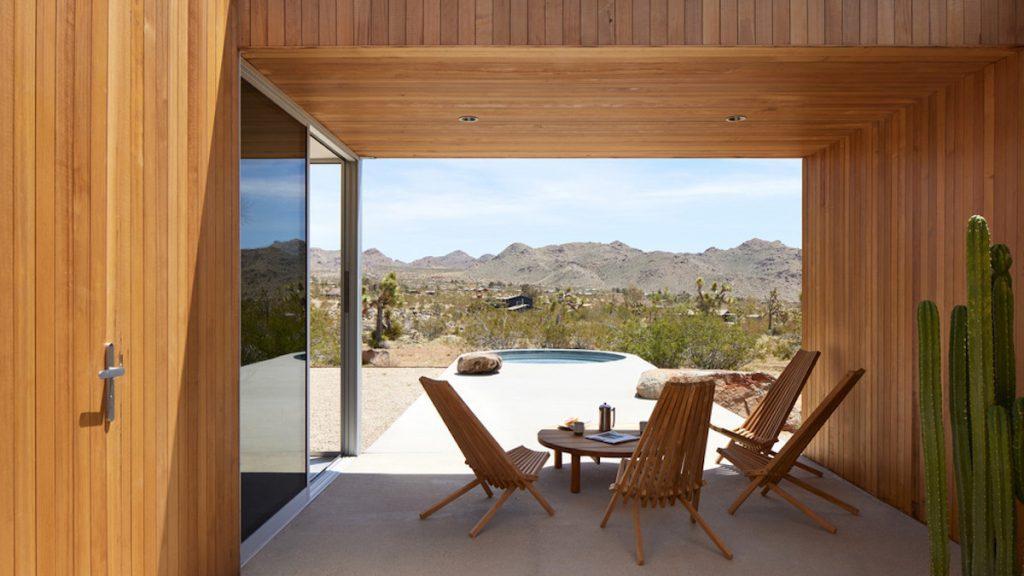
Peaceful coexistence
When the Gerscovich brothers first visited the region in 2019, they were both impressed and creatively inspired by the natural features, the almost surreal landscape and the special light in the desert. The land was blessed with iconic Joshua Trees (a plant species from the palm lily genus), bizarre rock formations and majestic views that gave the feeling of being in a national park within a national park. It was decided within a very short time that they wanted to realise their vision of a retreat here – in peaceful coexistence with the environment.
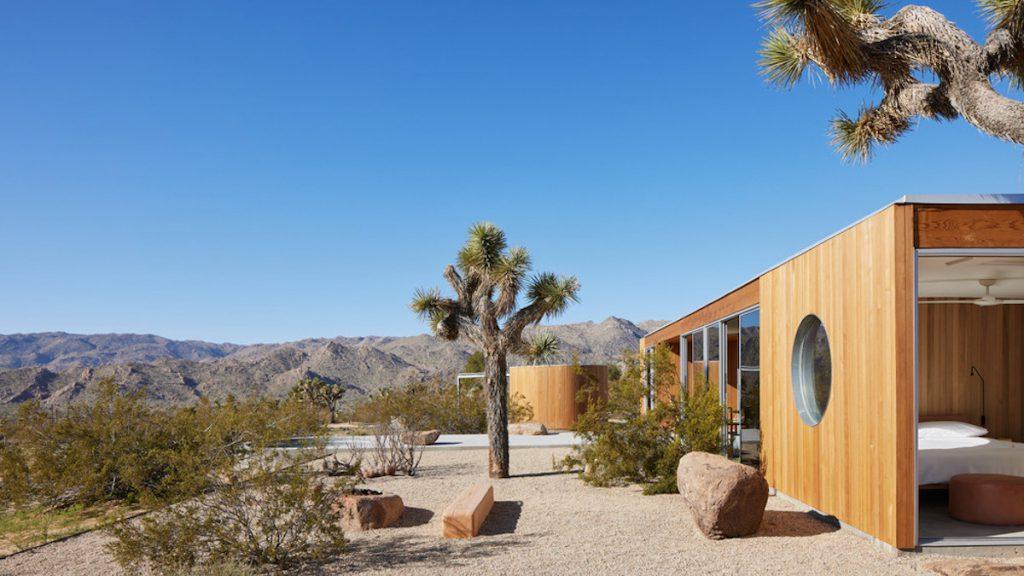
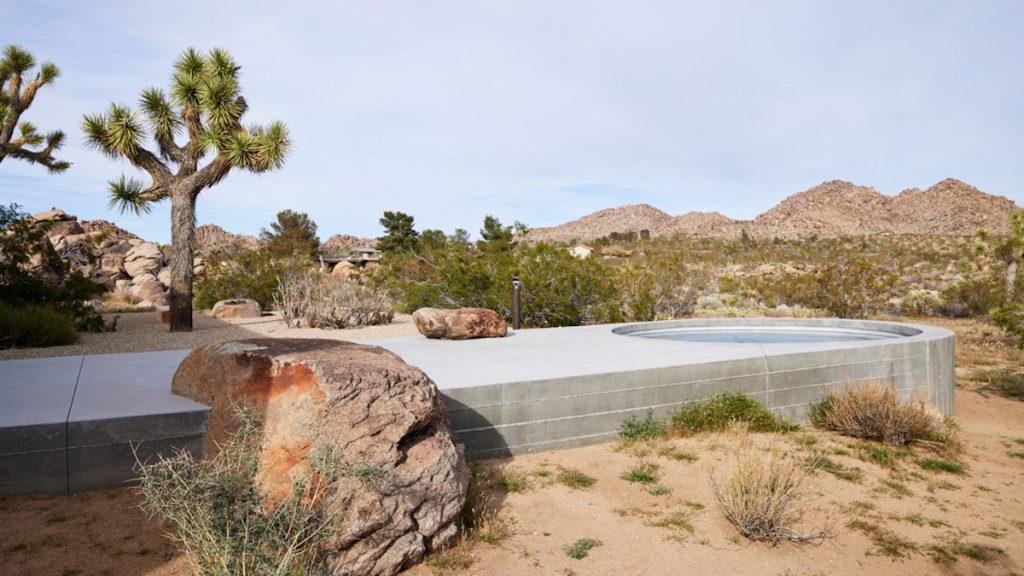
Sensitive construction project
The brothers purchased a five-hectare plot of land and began planning. It was clear to them that only architektonische Techniken that had as little impact as possible on the natural surroundings should be used. “The landscape is rough. It can take decades for a plant or tree to recover once it has been displaced from its fragile ecosystem,” explains Fernando Gerscovich. “We therefore focussed on a design that would not disturb the surrounding plants and the natural geography of the site.”
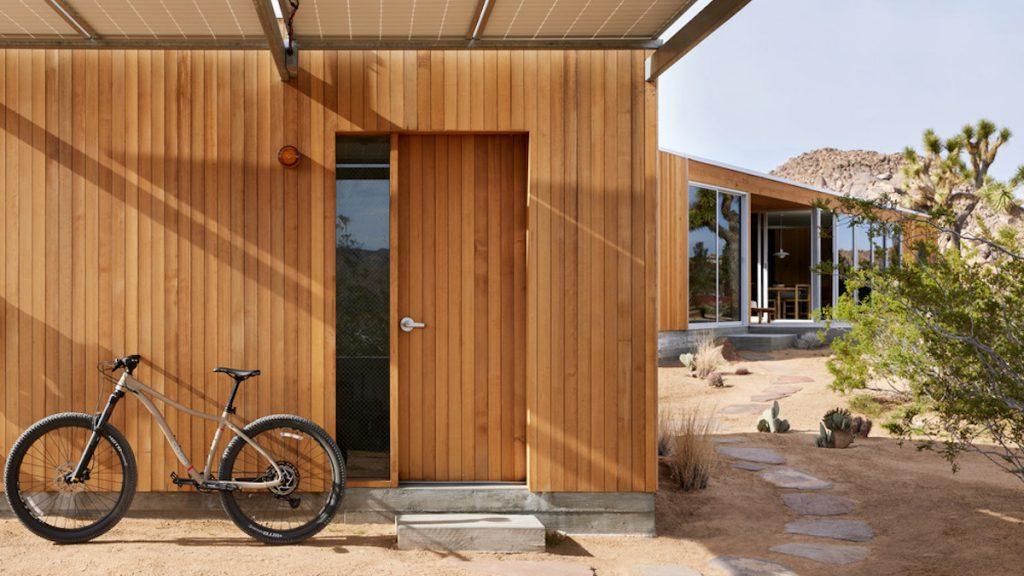
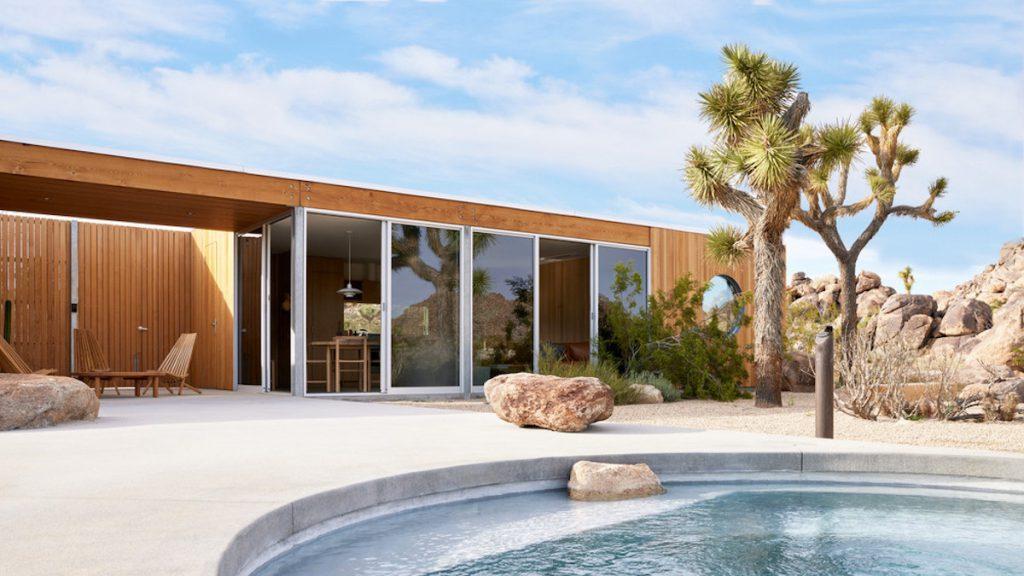
Far from the world
The Landing House is located just 130 miles east of the vibrant centre of the Los Angeles metropolis and only a few minutes from the entrance to Joshua Tree National Park. And yet the building seems worlds away from the stresses of everyday life and the challenges and problems of today’s society. The credit for this goes to its Design: the building rises barely nine feet, or 2.80 metres, above the desert floor. The house blends in masterfully with the layout, textures and even the colour palette of the desert landscape. With its unobtrusive horizontal form, it is integrated into the existing terrain and complements the natural surroundings.
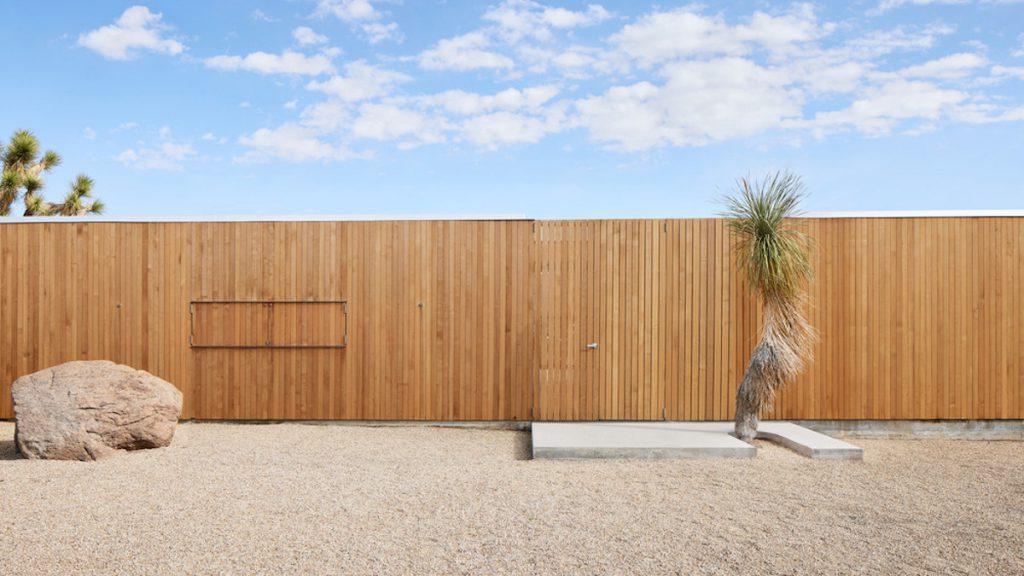
Alone with nature
Hidden behind a horizontal wall that completely conceals the house, The Landing House is a retreat designed for privacy and tranquillity. A strategically planted yucca tree welcomes residents and guests alike and marks the cleverly concealed entrance. The first glimpse of the house is from a landing that separates the two volumes of the living area. Straight ahead, an inner courtyard opens up, with a plunge pool in the background, framed by the panorama of the Mojave Desert. “It’s a subtle way of encouraging people to go outside, into nature, as they move through the house,” says Gerscovich.
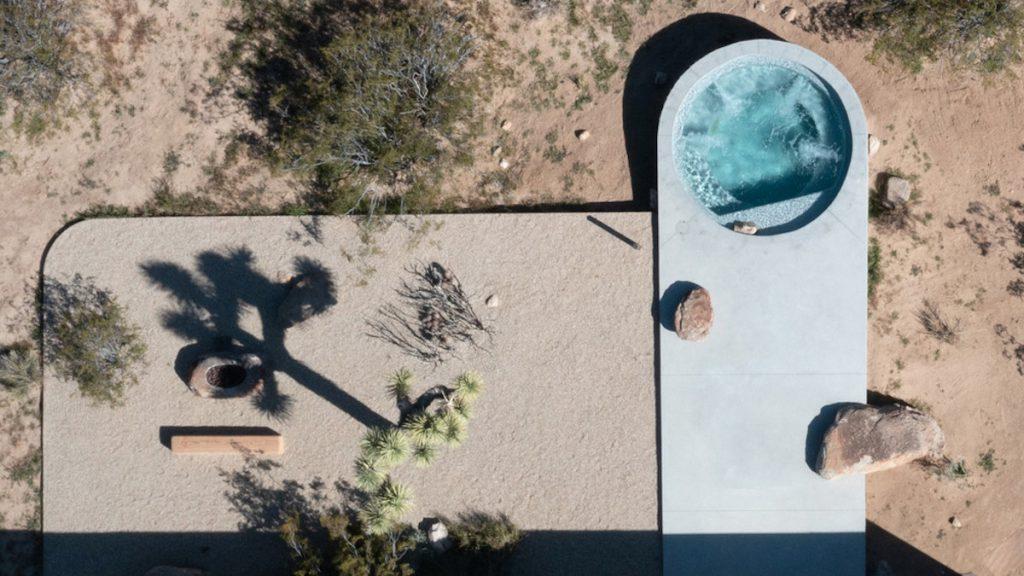
Live outside
A concrete platform extends right up to the plunge pool. Its monolithic, geometric shape may seem incongruous at first. But it is perfectly designed – for contemplative evenings with a view of the vast beauty of Joshua Tree National Park. Only the sculptural yoga “landing place”, which cannot be seen from the inner courtyard, is even more spiritual: it provides the stage for Zen moments. Framed with oxidised, solid steel and filled with compacted desert soil, it is fully integrated into the natural landscape and does not compete visually with the natural rock formations. To the left, there is also a fireplace that has been carved by hand into a block of stone that has been left in place. The carport, which is needed in this remote location and protects the vehicles from the hot desert sun, is located on the right. At least it is doubly useful: its solar roof supplies electricity.
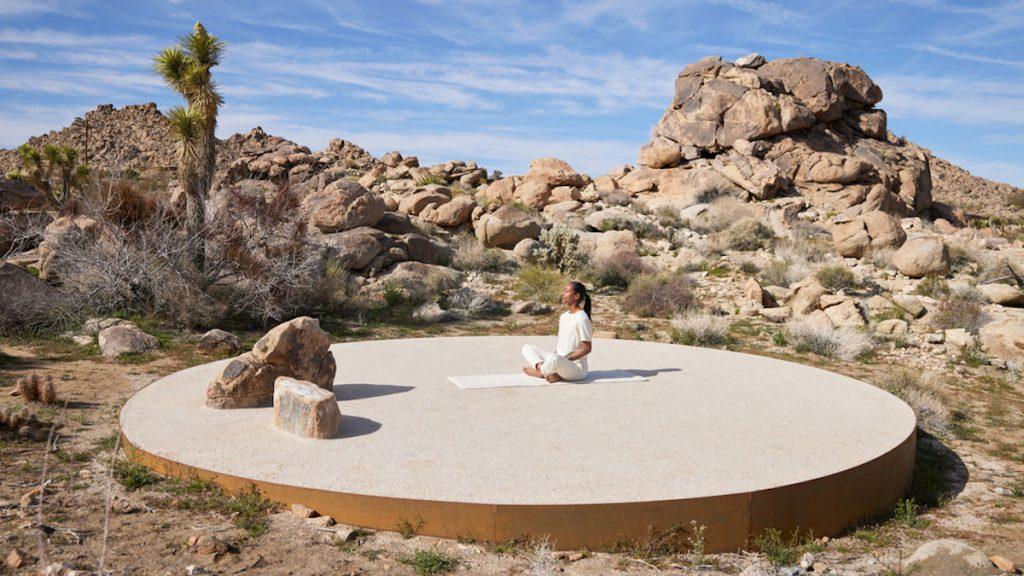
One house, two suites
Inside, the floor plan consists of two wings connected by a vestibule. On one side there is a living room, a kitchen and a work area as well as a bedroom with a round window. On the other side of the passageway is the second bedroom, the so-called pool suite, which takes up around a third of the house. What all the interior rooms have in common is that they are clad in cedar wood, you walk across lightly polished concrete floors and take a seat on carefully designed white oak furniture. “We chose very simple, low-maintenance materials like concrete, cedar and glass that will age naturally in the environment,” says Gerscovich. The. Floor-to-ceiling sliding glass doors provide a view of the surroundings, and all areas have access to the plunge pool in the courtyard.
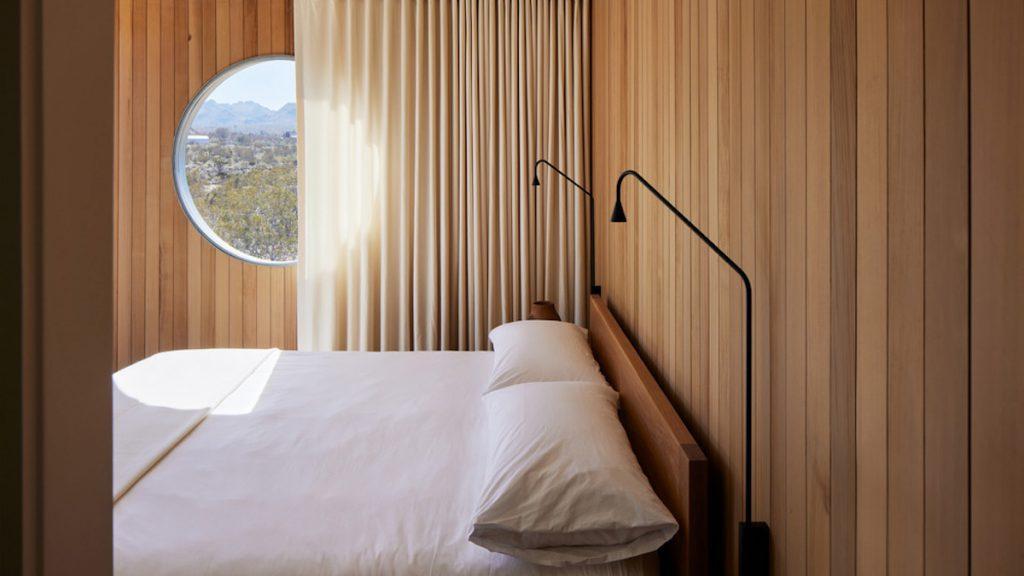
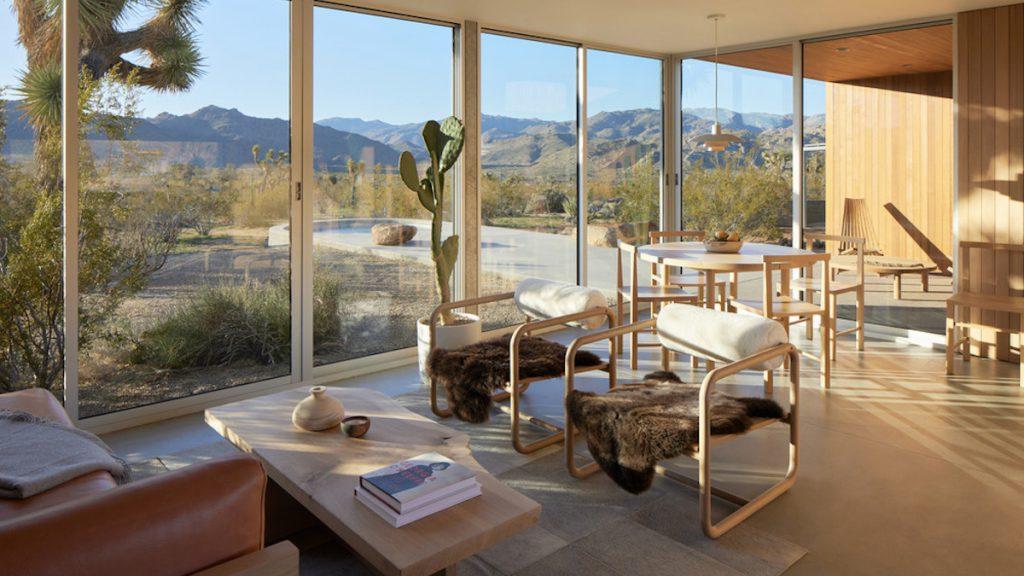
Rest on a branch
It is this thoughtful balance between natural materials and modern amenities that gives The Landing House its special charm. Guests from all over the world, who can now rent The Landing House as holiday accommodation via platforms such as airbnb and Homestead Modern appreciate the refuge above all for its absolute privacy. From the 400 metre long private road that leads to the house, it is only visible on the last stretch of the drive. In its ecological modesty, the building, which stands just a stone’s throw away from a pair of Joshua Trees, is also reminiscent of a fallen branch. The wooden pavilion still looks as new as it is. “But we assume that the façade will weather and grey naturally over time.”
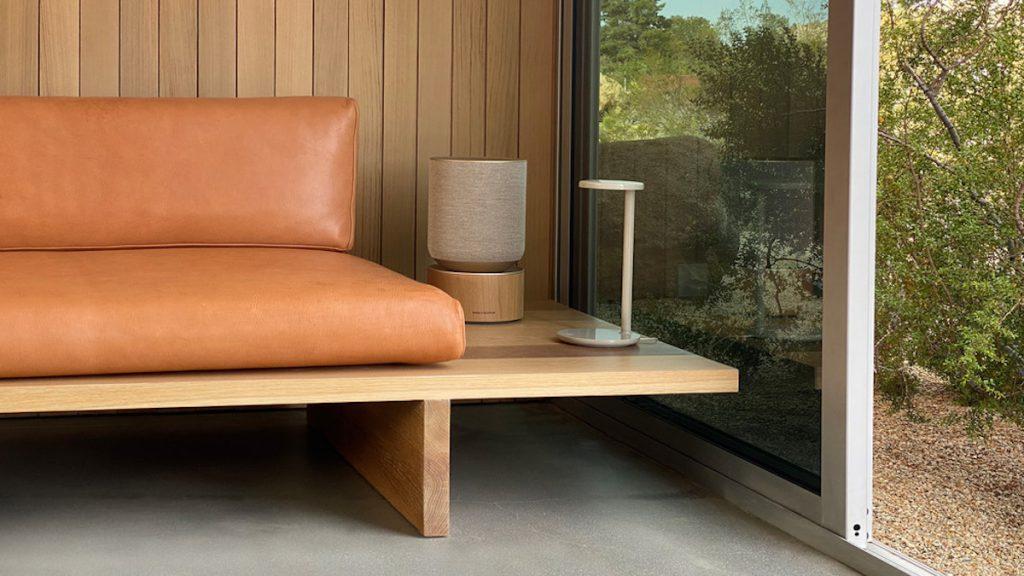
A prime example
The Landing House is not the first impressive building project in the Mojave Desert. It is one of a series of spectacular designs – including the “invisible” mirror house by film producer Chris Hanley and the Joshua Tree House by master planner Kendrick Bangs Kellogg.
However, The Landing House can certainly be considered a prime example of ecological responsibility and sustainable architecture in this list. “It reminds us all that sustainability can be realised in all aspects of our daily lives in a wonderful way,” says Fernando Gerscovich.
Text: Daniela Schuster
Bilder: Ye Rin Mok / v2com-newswire.com


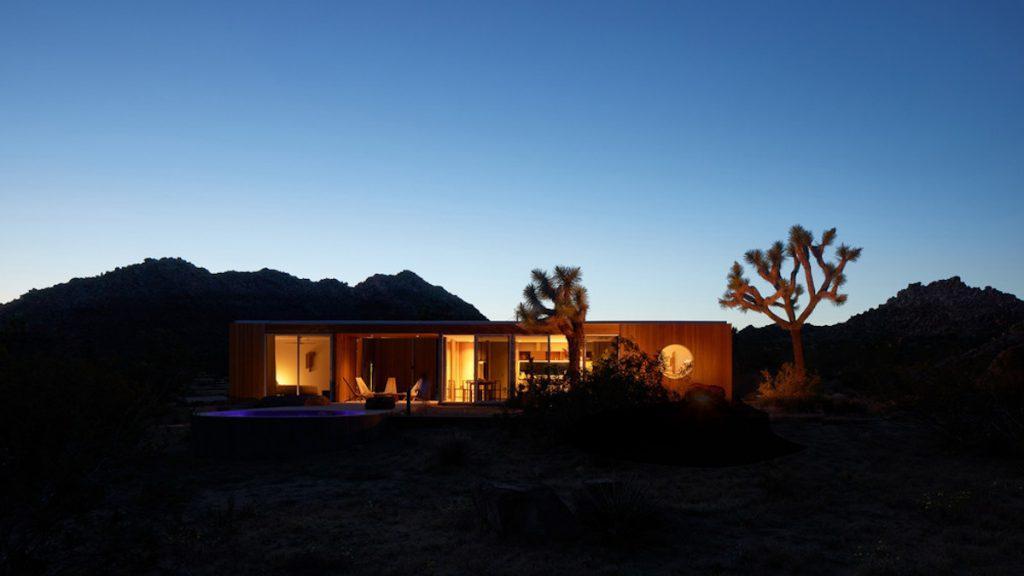
iThere are no comments
Add yours